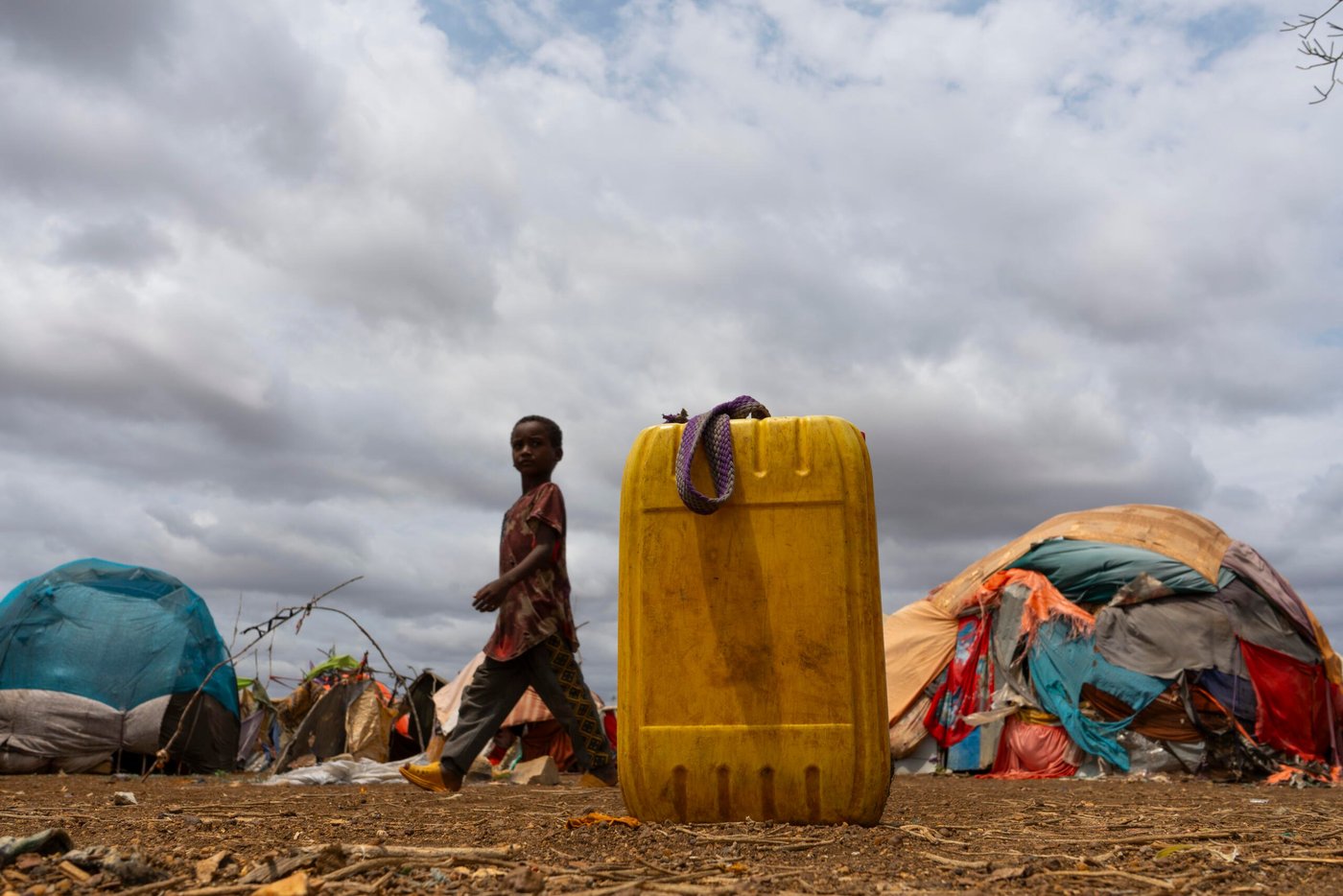At the start of 2025, aid agencies urgently appealed for support to sustain water, sanitation, and hygiene (WASH) services. Yet only a fraction of the needed funds has come through. As a result, agencies were forced to halt critical lifeline services. In Bay, Bakool, Gedo, Galgaduud, Hiraan, Mudug, and Lower Shabelle, water sources are collapsing, and health centres are falling silent.
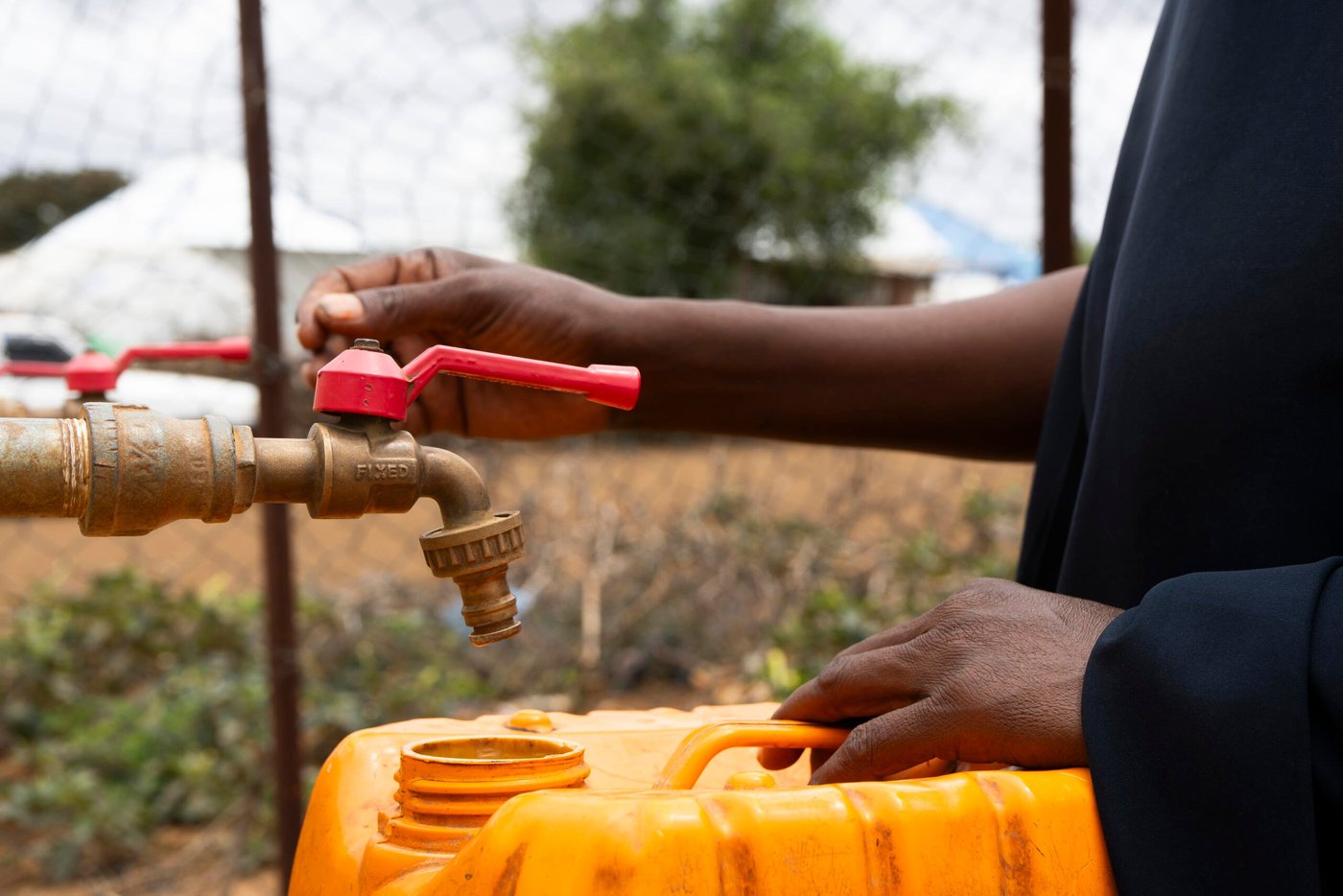
The consequences are immediate and deeply personal. With fewer health services, outbreaks of disease are surging. Between January and July 2025, cases of suspected cholera and acute watery diarrhoea spiked – mainly affecting children under the age of five. Water sources that once provided clean water now stand abandoned or barely operational, leaving displaced families exposed to preventable illness and fearing for their children’s futures.
For thousands of internally displaced families, the water crisis is a daily battle for survival.
“I am pregnant, and every day I walk 30 minutes to collect water that doesn’t even cover our needs. After the long walk, I must wait for hours in a queue,” shares Halima Omar, a mother of seven living in Baidoa’s IDP settlement.
“Before, we could fetch water from a nearby source, but since it closed, we have to walk long distances. My children often get sick from drinking unsafe water,” explains Khadija Abdullahi, another displaced mother in Baidoa.
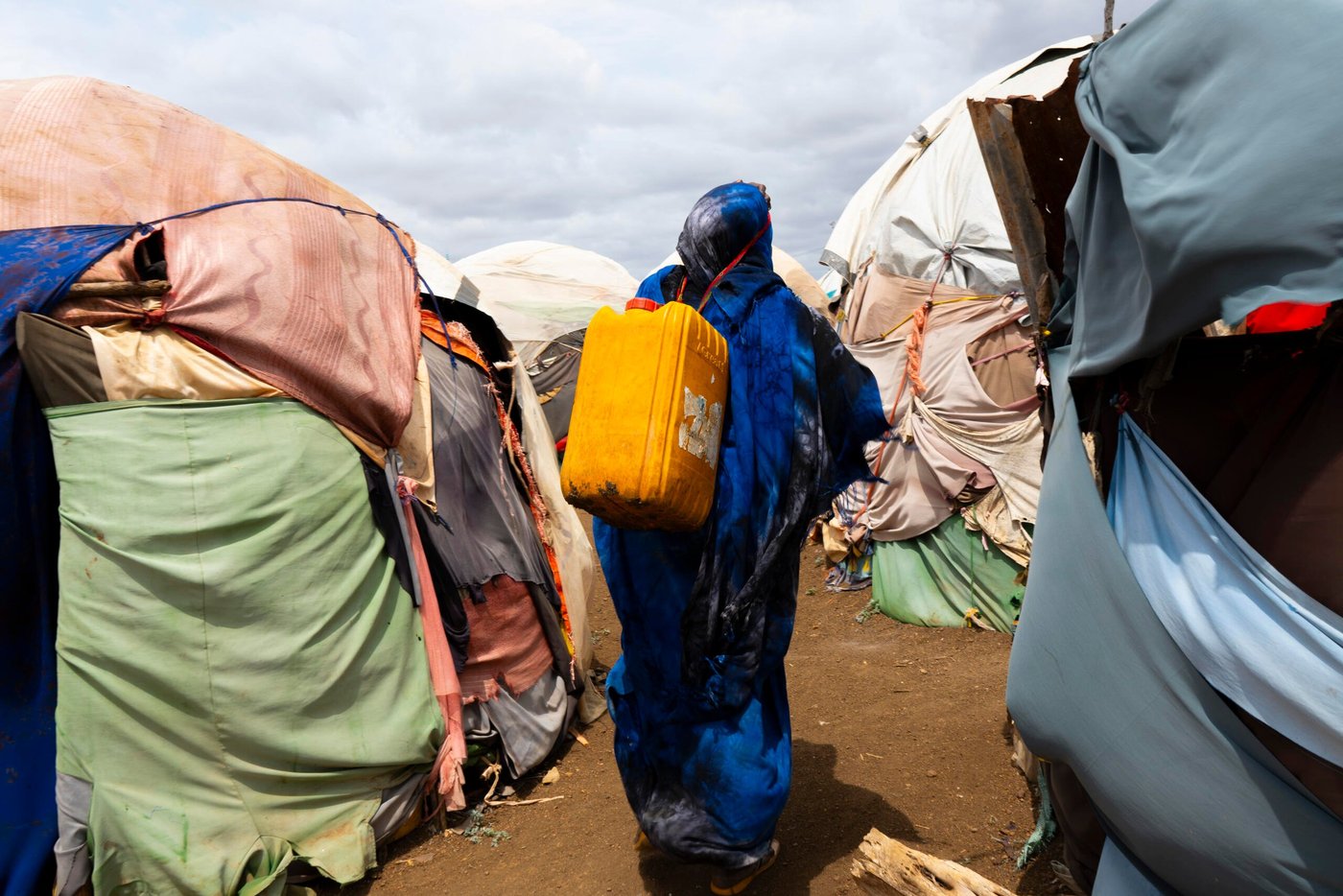
For women like Halima and Khadija, the lack of safe water is not just an inconvenience – it is a constant threat to health, safety and survival. The strain of carrying heavy jerrycans while pregnant or caring for young children adds to the already overwhelming weight of displacement.
Rising prices, collapsing water systems
As shallow wells dry up, families turn to private water suppliers. But prices have nearly doubled – from USD 70 to USD 130 for a 10,000-litre truckload – putting safe water far out of reach, a luxury few can afford. Families now share containers among several households or rely on unsafe water sources.
“Sometimes we must choose between buying food and buying water,” says Abdullahi Mohamed, a displaced father in Gedo.
The effect of the funding cut is evident. Schools cannot stay open without water, health posts cannot function, and livestock or farming livelihoods collapse.
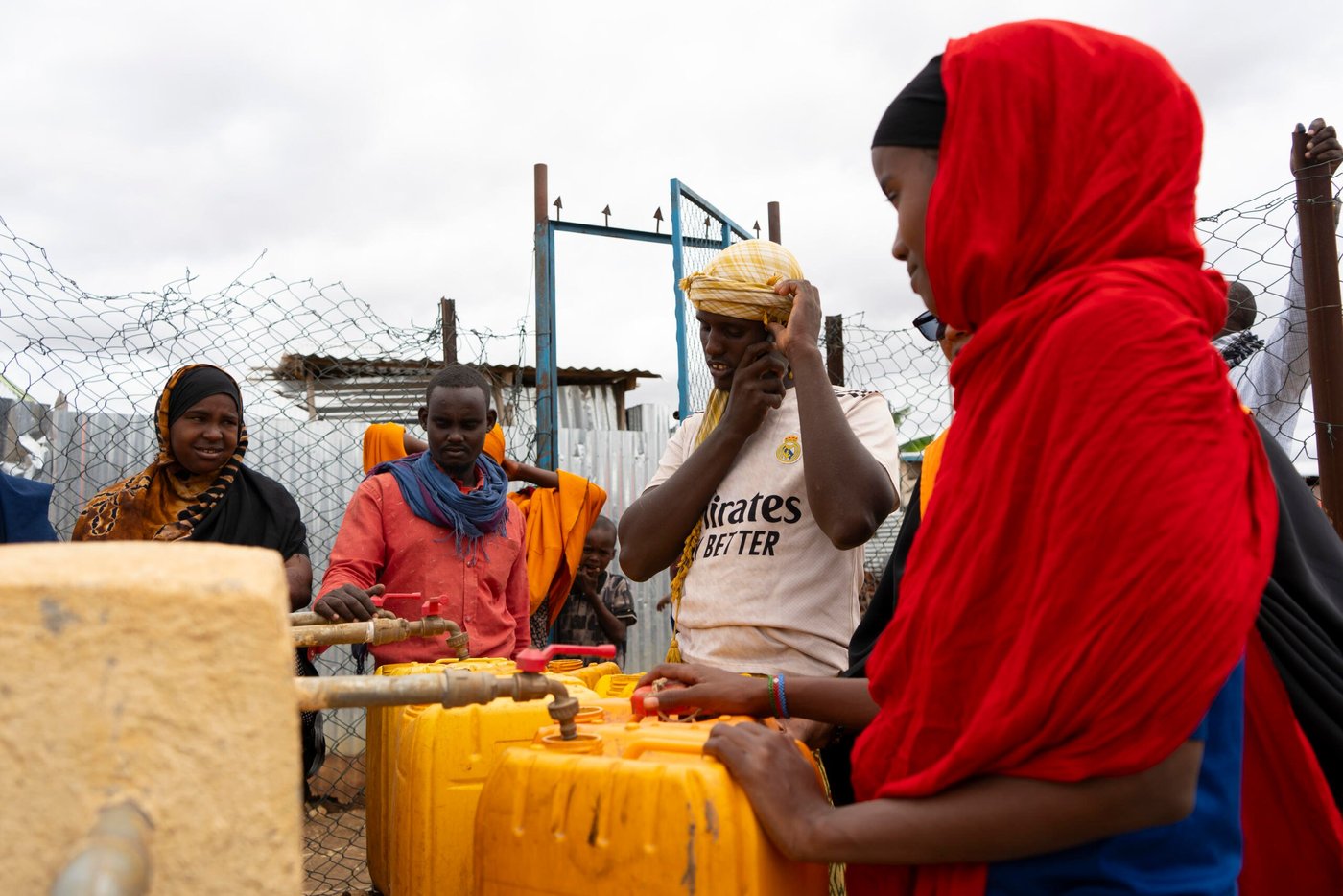
The most vulnerable are left behind
This crisis extends beyond displacement camps. Rural communities and their livestock are also in urgent need after key water sources dried up or failed. In Somaliland, the government has already declared a drought emergency, with at least 650,000 people urgently in need. Across the country, it is the poorest and most marginalised who bear the brunt of decisions made in faraway capitals.
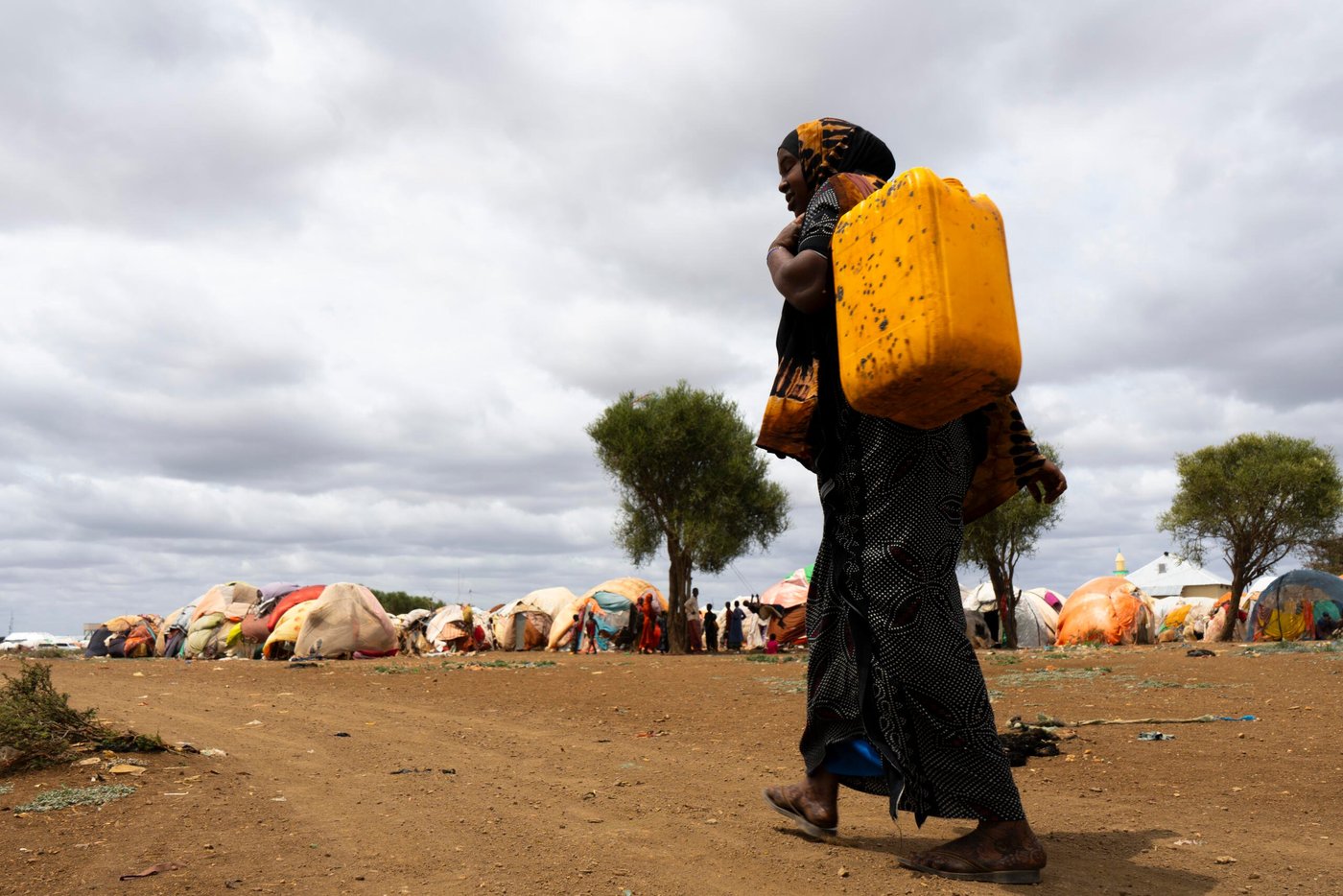
Children are the most at risk. Malnutrition rates are already high after repeated climate shocks, and the lack of safe water further endangers their health and growth. Mothers describe the heartbreak of watching their children weaken with each passing day.
“My youngest is just two years old. When he gets diarrhoea, we have nothing to offer him but unsafe water. I fear for his life every day,” says Fadumo Ahmed, a mother in Hiran.
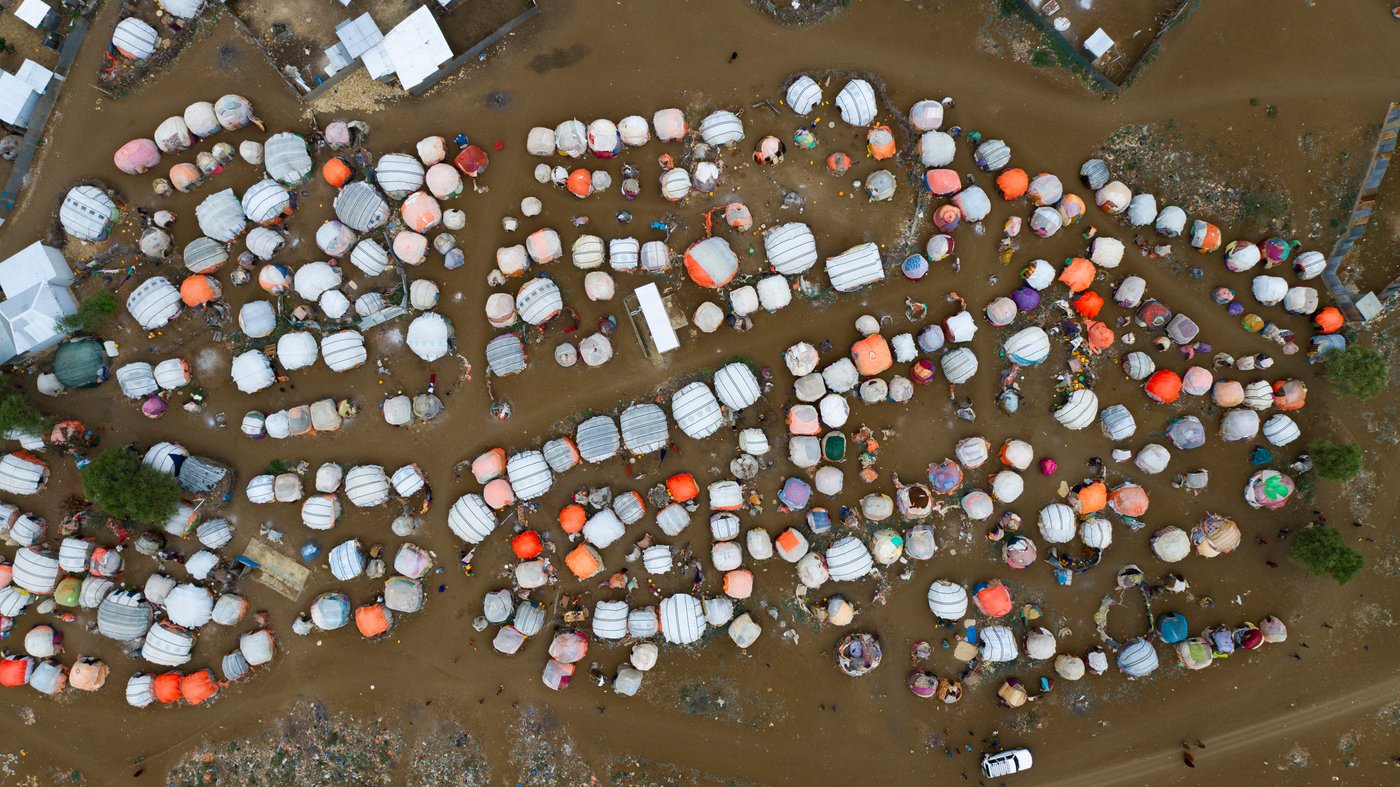
A preventable crisis
Somalia’s water crisis was preventable – it is a direct result of funding gaps. With timely and sufficient sources, water systems could be repaired, trucking could resume, and lifesaving health and sanitation services could be restored. Instead, aid agencies are forced to take impossible decisions – deciding which communities receive water and which are left behind.
For displaced families, the urgency is clear. Every day without clean water means new dangers: outbreaks of disease, weakened children, women risking their safety to fetch water, and parents facing heartbreaking decisions.
As Halima in Baidoa puts it: “Water is life. Without it, we cannot survive."
Somalia is one of the world’s most neglected displacement crises. It may not make the headlines, but the needs are urgent. Share this story and help shine a light on the world's neglected displacement crises. Your voice matters when others remain silent.


